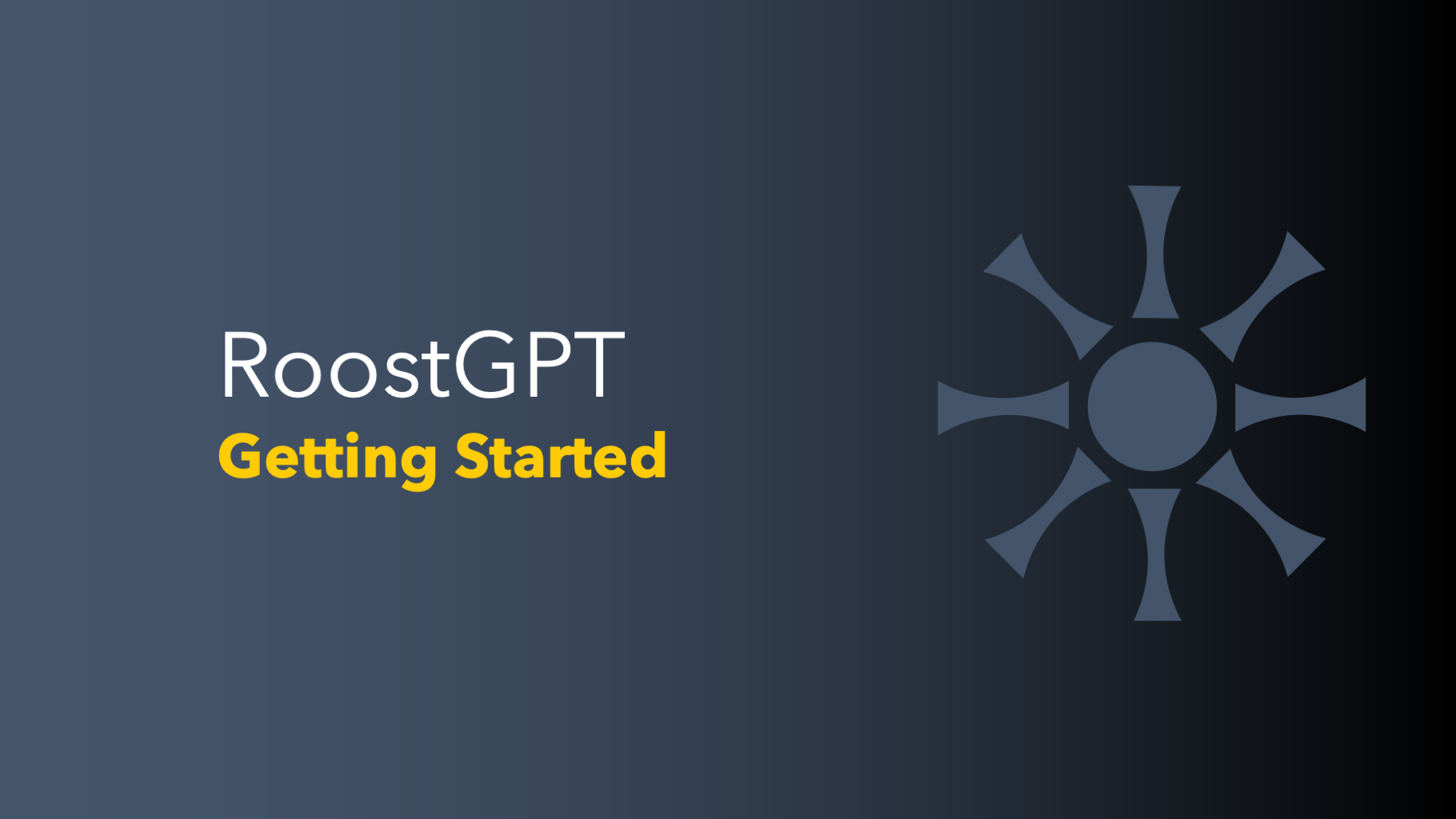<< Previous Edition: Balancing Speed and Precision
We all share a common weakness - our love for discussing data. We firmly believe that data holds valuable insights (which is undeniably true). We have always believed that more data leads to more insights, and we rejoiced when we didn't have to decide which data to retain or purge, thanks to big data storage. The list can go on and on.
Moreover, I've been highlighting the increasing significance of data in the era of generative AI. However, a new consideration is emerging: when discussing data, the question will soon shift to whether we're referring to organic data or synthetic data. This leads us to the focus of today's blog: are we approaching a saturation point in terms of data availability for training Large Language Models (LLMs)?
The Saturation Point of Data Availability
In the realm of generative AI, the performance of Large Language Models (LLMs) is paramount, driven by their capacity to leverage vast and diverse datasets. Yet, we stand on the brink of a critical juncture where the once limitless supply of new data starts to diminish. This scenario is not merely about the volume of data but its novelty and utility for further enhancing LLMs. As we edge closer to this saturation point, the challenge becomes apparent: the signal-to-noise ratio deteriorates, making it harder to extract valuable insights from the data influx.
Compounding this issue is the potential of reaching the limits of model capacity, measured in terms of parameters. While it might seem feasible to counter this by investing in models with an ever-greater number of parameters, this approach has its limitations. A disproportionate increase in parameters relative to available data can lead to overfitting, where models perform well on training data but fail to generalize to new, unseen data.
Bridging the Gap with Synthetic Data
As we navigate this bottleneck of organic data availability, a beacon of hope shines through: synthetic data. This isn't merely a stopgap measure; it's a transformative shift that promises to replenish our data reservoirs with an endless stream of novel, artificial data points. Synthetic data, crafted through algorithms that mirror the complexity of real-world information, stands as a testament to human ingenuity.
It not only offers a solution to the impending data drought but also enhances the depth and diversity of our data pools. With synthetic data, we can tailor our datasets to address specific gaps, propelling LLMs to new heights of efficiency and effectiveness. This leap towards synthetic data heralds a new chapter in the evolution of generative AI, one where the limitations of today pave the way for the innovations of tomorrow.
Conclusion
Our sense of mastery over the digital landscape often stems from our ability to harness data. However, as we edge closer to the saturation point of available data, an intriguing shift occurs, subtly leveling the playing field among Large Language Models (LLMs) providers. This pivotal moment signifies more than just a bottleneck; it represents a transition towards synthetic data taking precedence over organic data. This shift not only redefines our relationship with data but also suggests a future where we entrust generative agents with the creation of new data landscapes.



